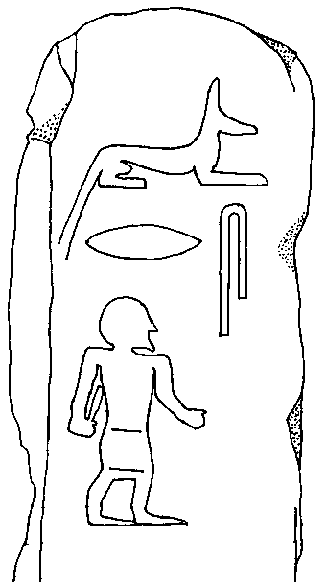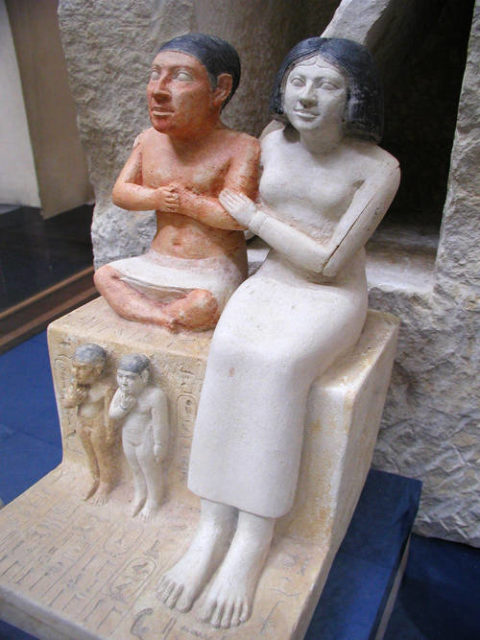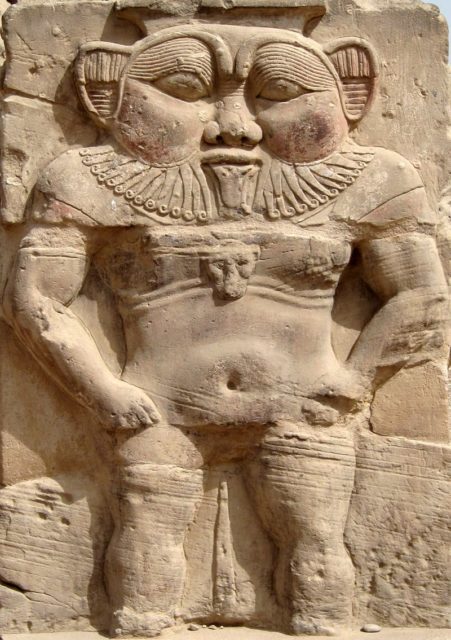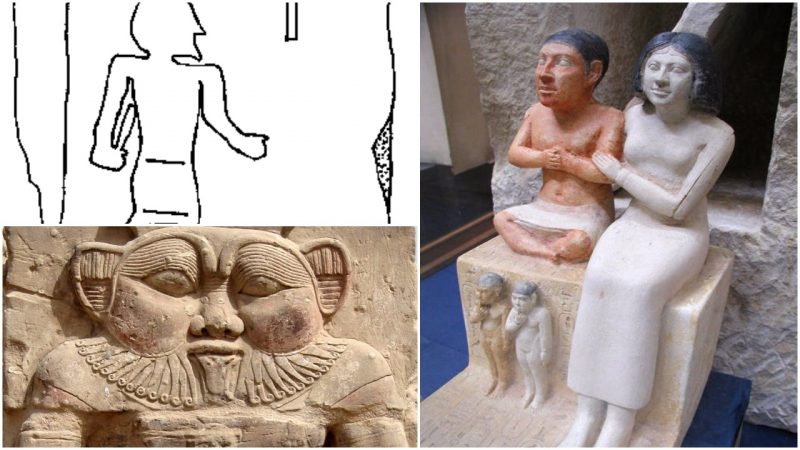In Ancient Egypt, especially during the Early Dynastic and Old Kingdom periods, dwarfs and pygmies enjoyed an exalted social standing and were perceived as having heavenly gifts and treated with the greatest respect.
Three terms were used to describe people with short stature in Ancient Egypt: Deneg, Daneg, or Dag which translate to “little human,” “dwarf” and “pygmy” respectively.
The first known depiction of Egyptian dwarfs was discovered in the royal cemetery at Abydos and dates to the early 1st Dynasty (c. 3100 – c. 2890 BC).
These depictions are reliefs carved on stelae, placed in subsidiary tombs around that of the king. Usually, these subsidiary tombs were reserved for the most loyal servants of the king.

These artifacts indicate that during 1st Dynasty, dwarfs worked and served directly for the king and the royal household.
During the 1st dynasty, dwarfs were often bestowed with special and exclusive roles normally performed by the highest-rank officials, like priests and princes.

The most popular case of dwarfism in Egypt is that of the high official Seneb, who lived during the late 4th Dynasty, possibly working for the king Shepseskaf and his successors.
He was married to a normally grown woman and had two daughters, both of whom were of a normal size.
Later in the Old Kingdom, dwarfs performed mainly easy but creative jobs, and usually were employed as jewelers, tailors, cup-bearers and even as zookeepers.
At that time, the most common task for dwarfs was zookeeping.
The Royal zookeepers took care of the king’s pets such as hunting dogs, domestic cats, and guenons.
A unique relief from the mastaba of the high official Nyankhnesw (6th Dynasty), depicts a dwarf taking a leopard for a walk.
For special events and festivals, Ancient Egyptian employed pygmies as dancers.

After the Old Kingdom, the social position of dwarfs seems to have dramatically declined, and the attitude towards them have changed completely.
Rather than with respect, during the the Middle Kingdom (c. 2055–1710 BC) and the New Kingdom, dwarfs were mistreated and humiliated in every possible way.
Depictions of dwarfs show them in a ridiculing way in an attempt to deride them.
